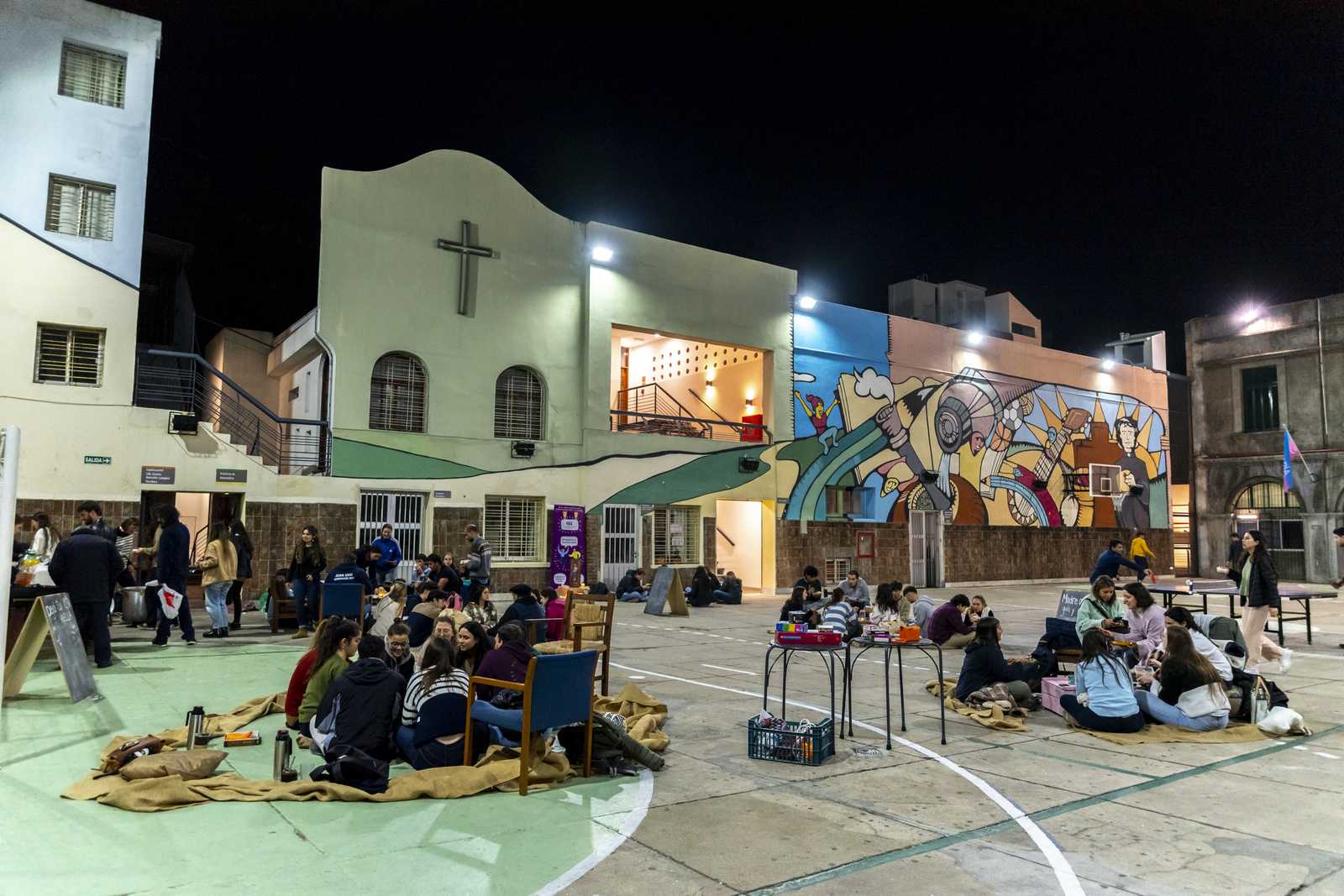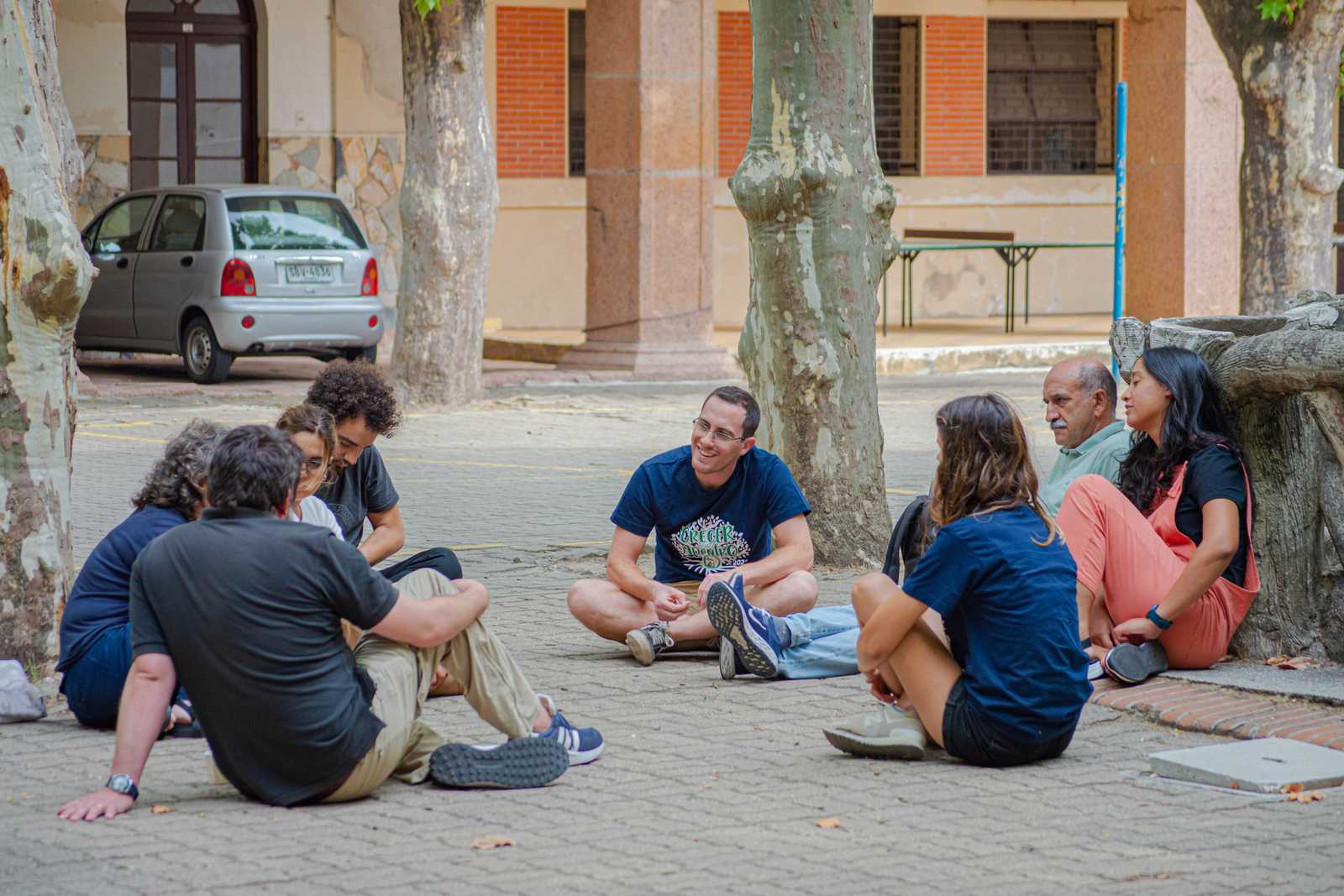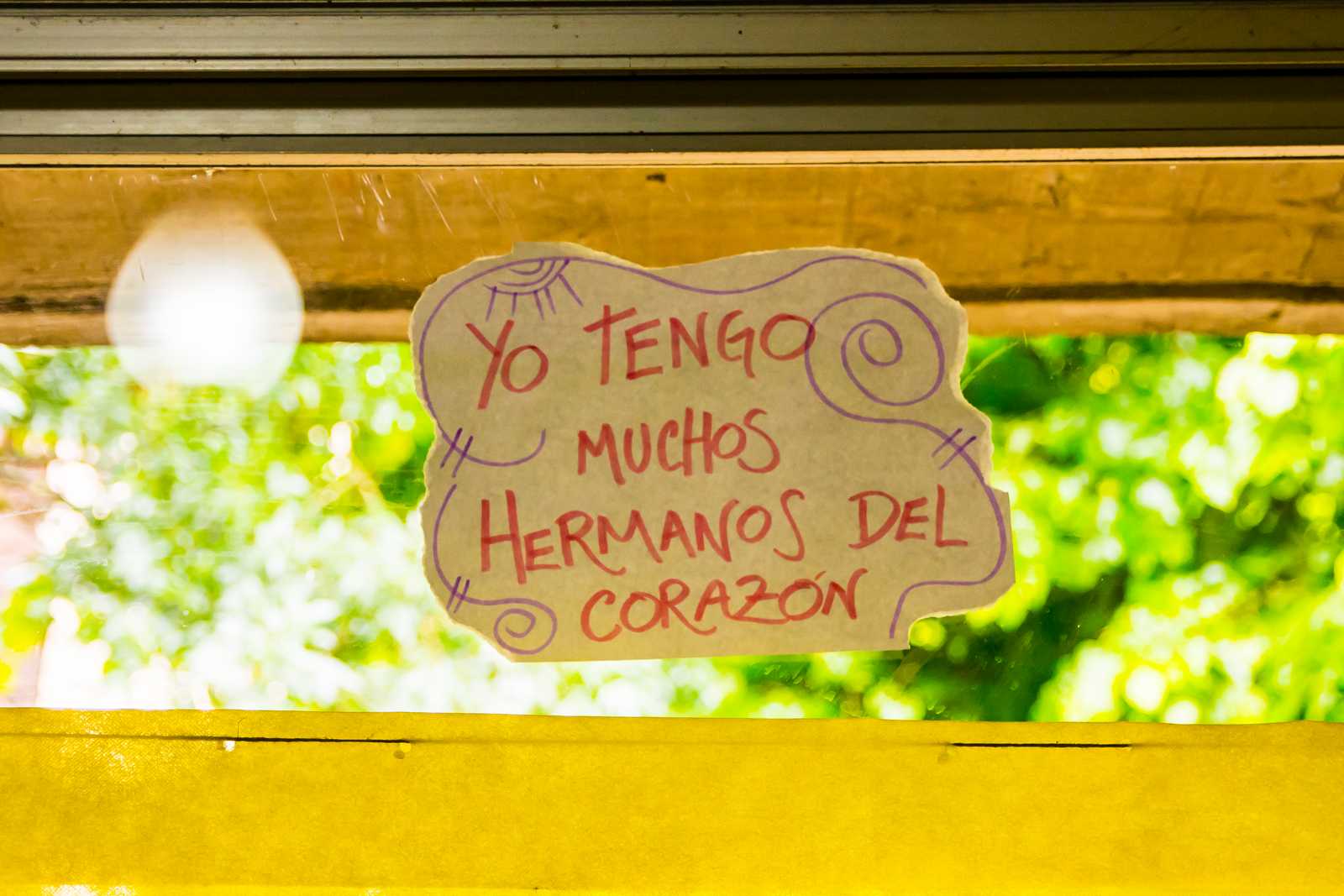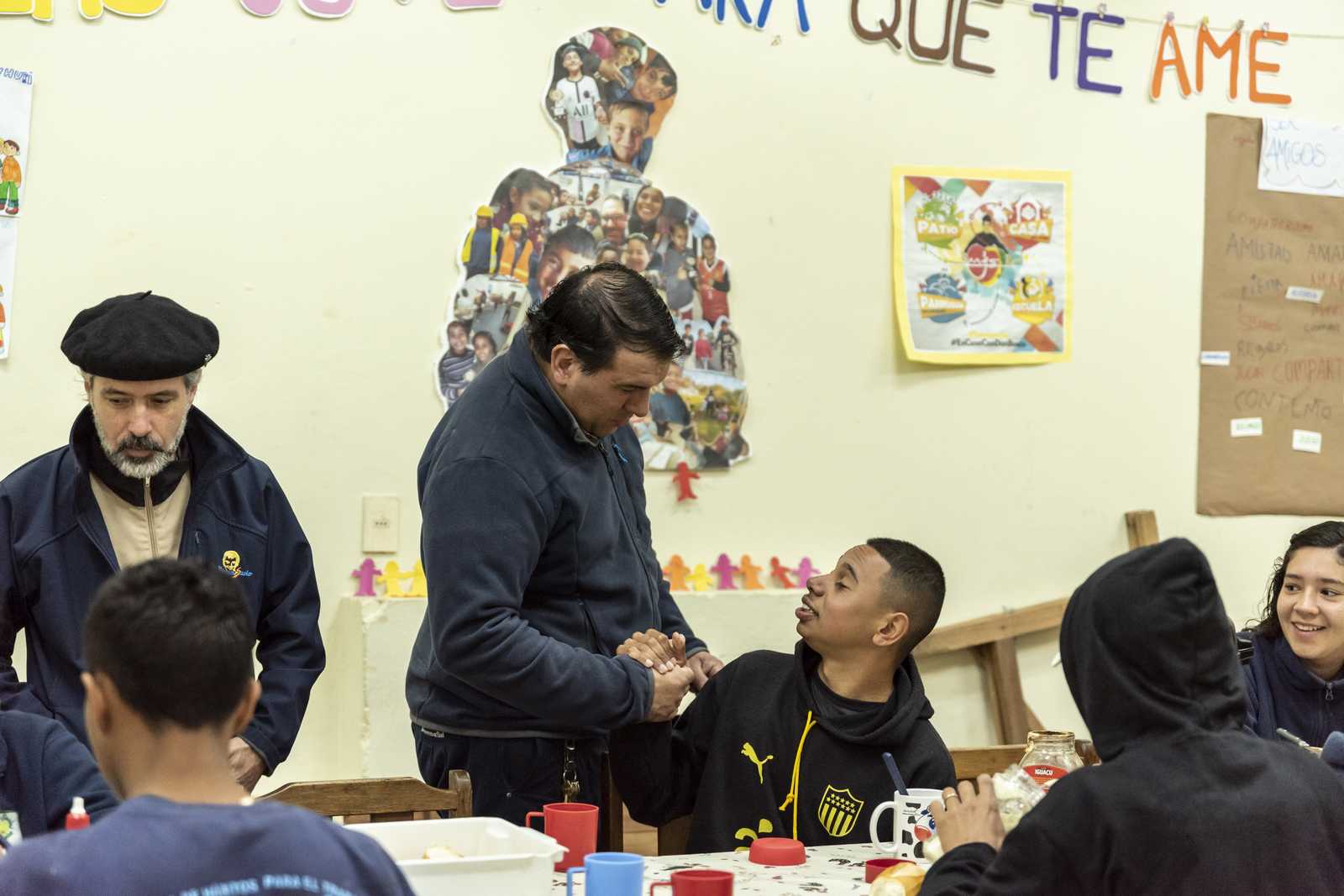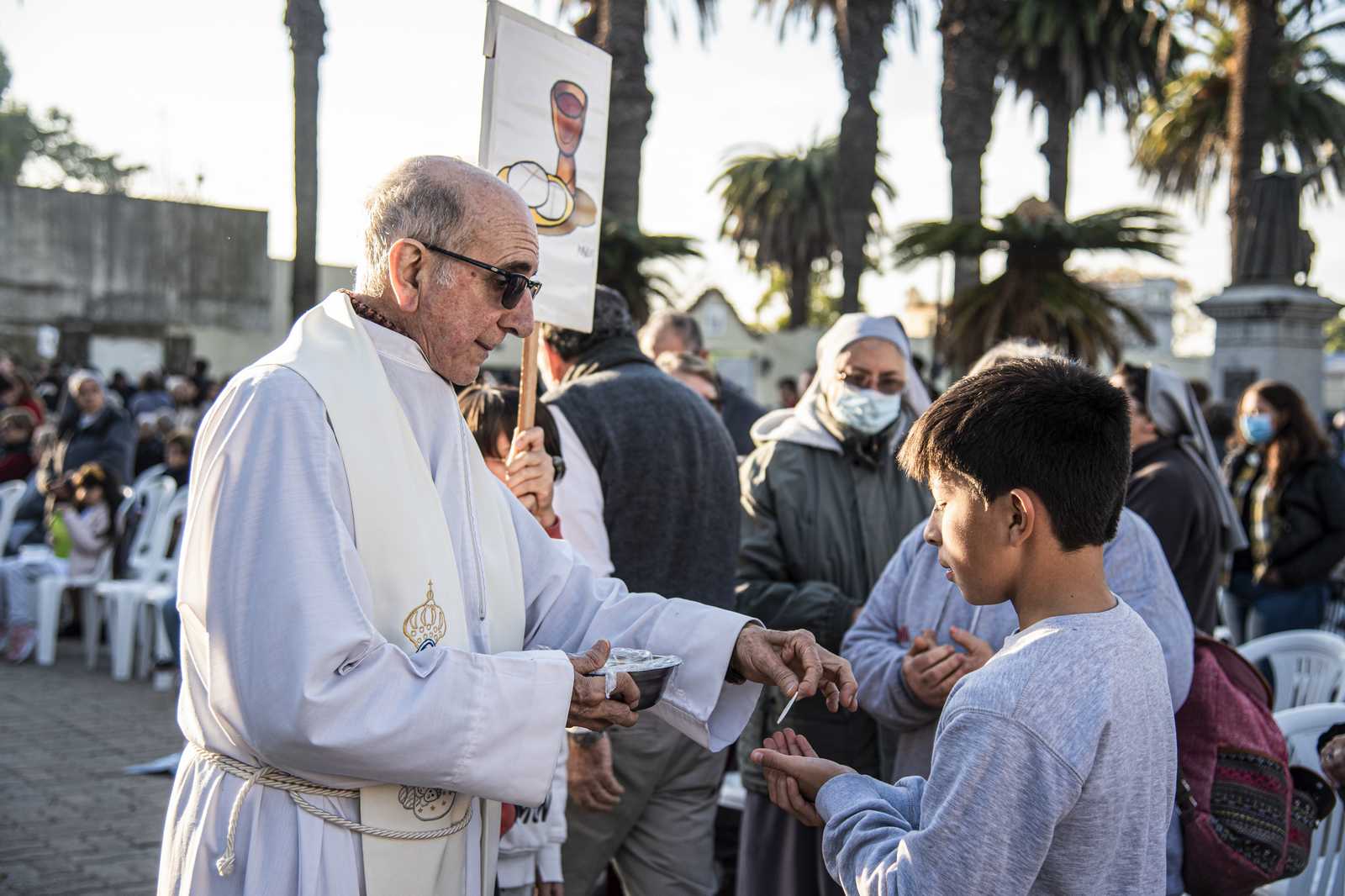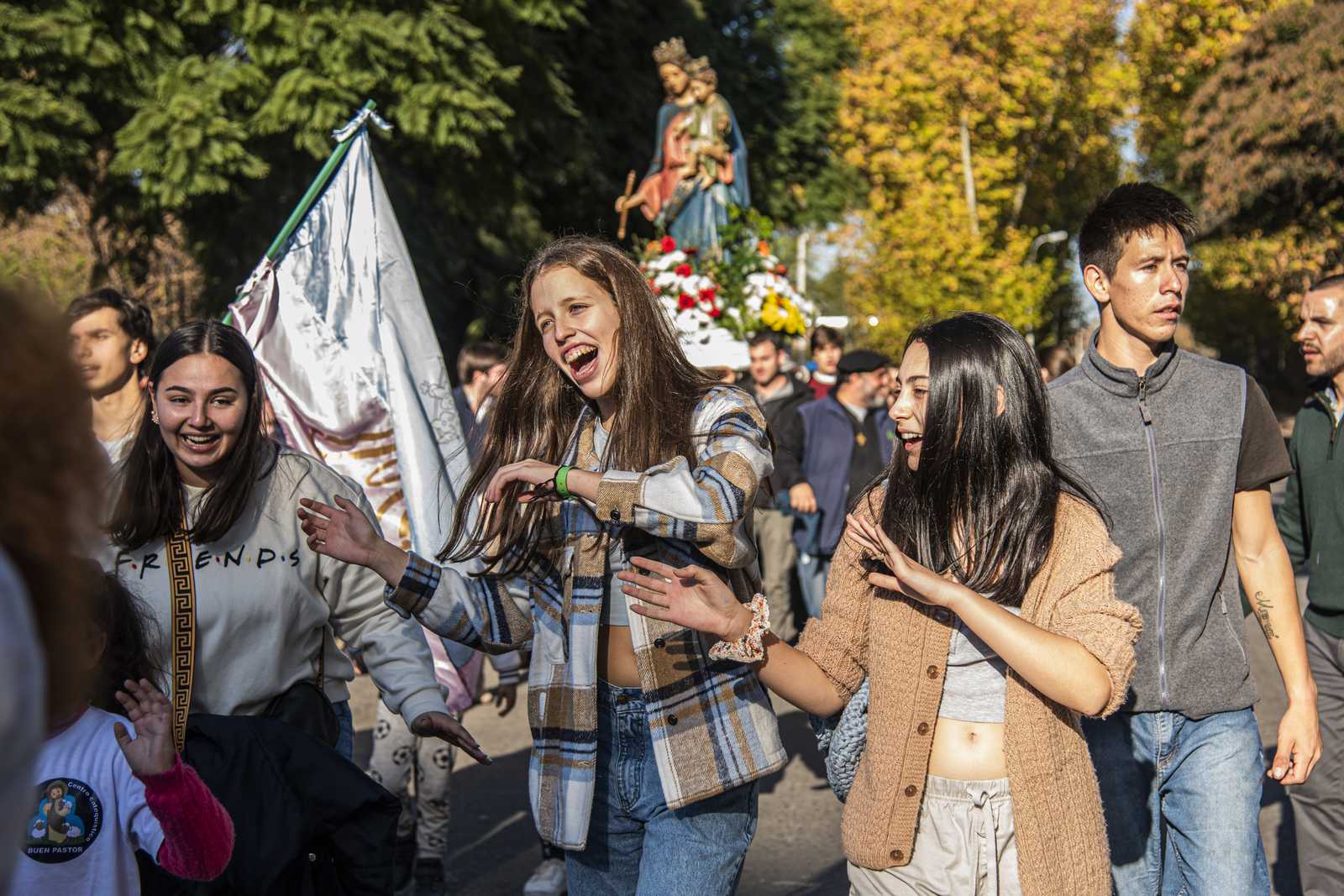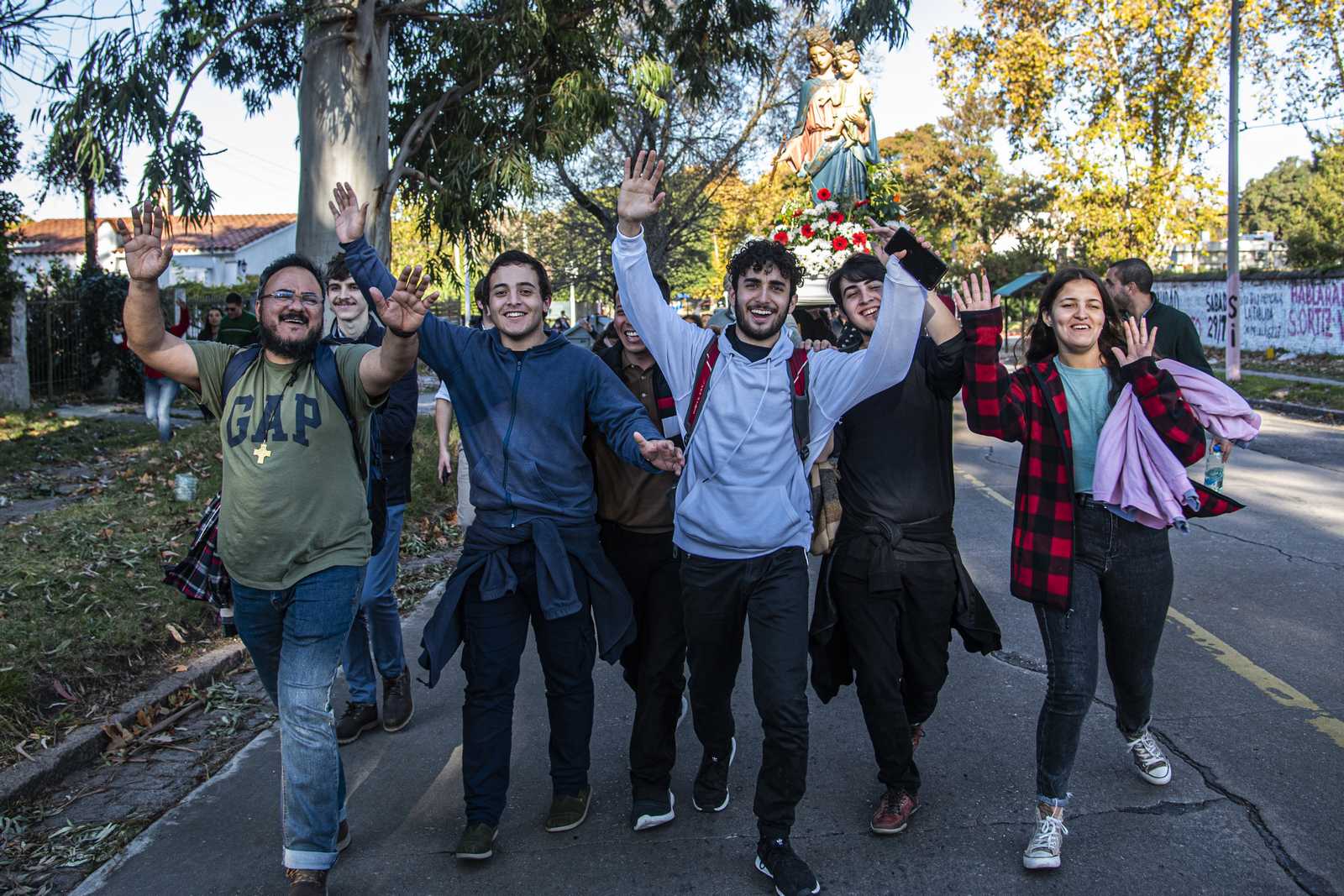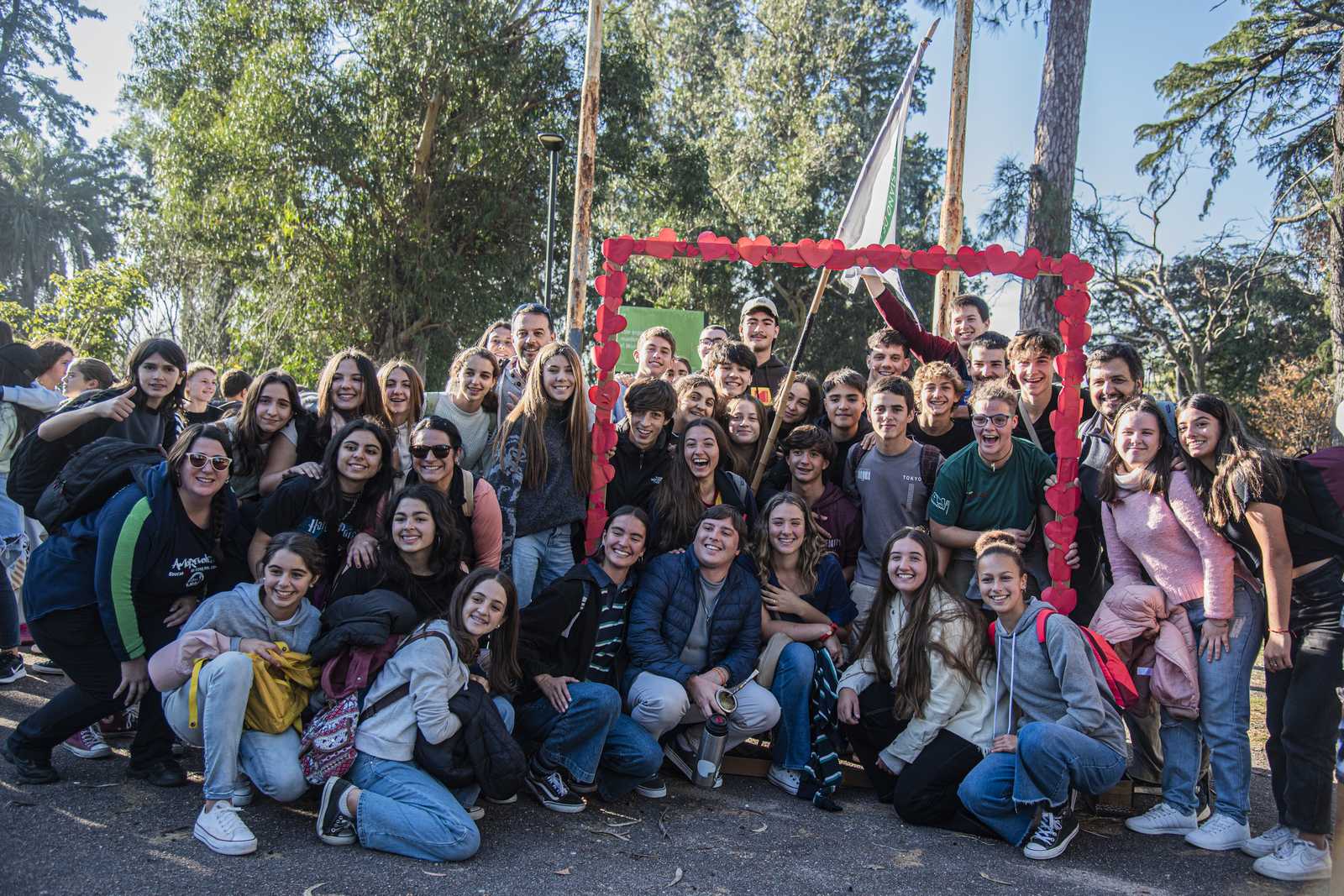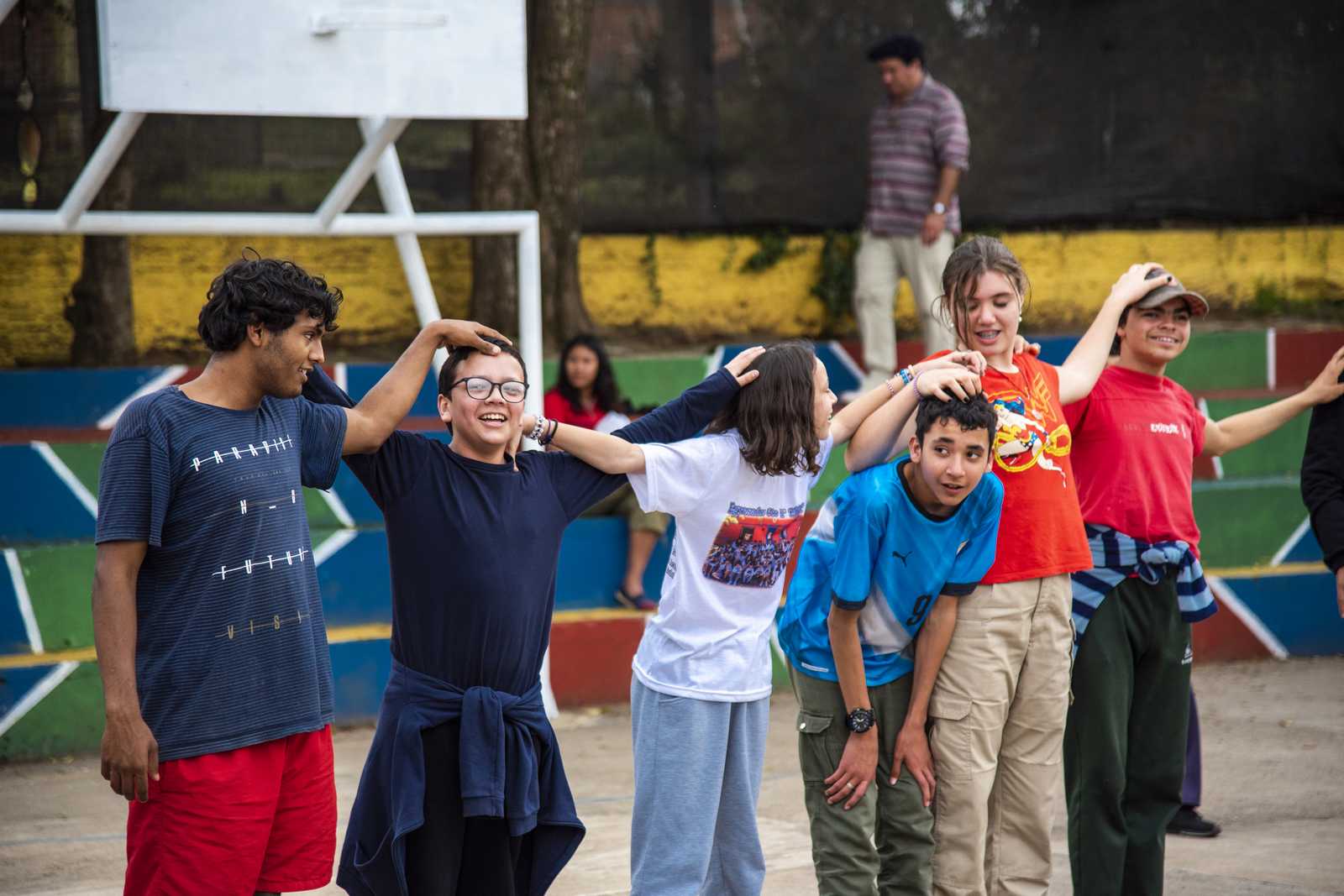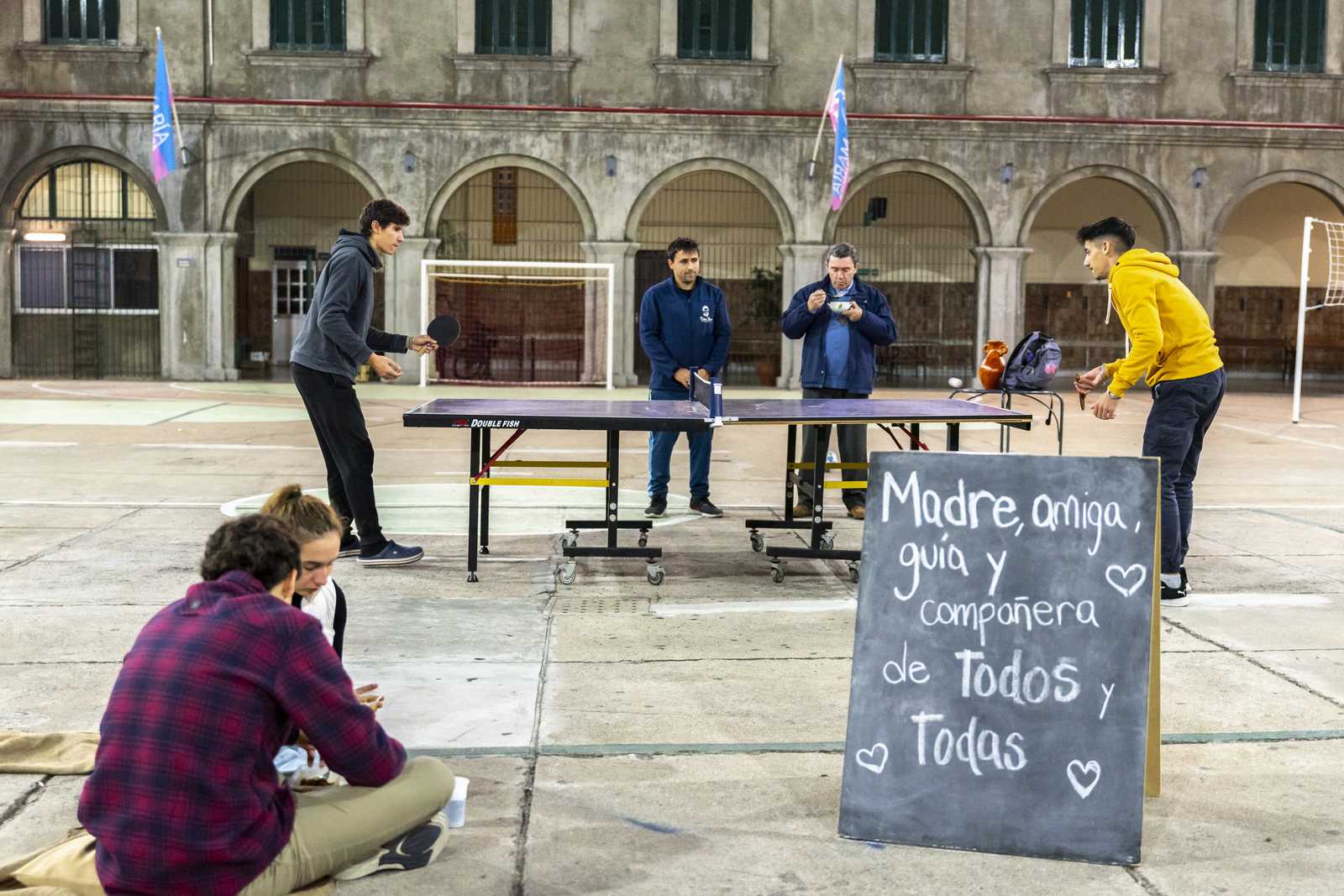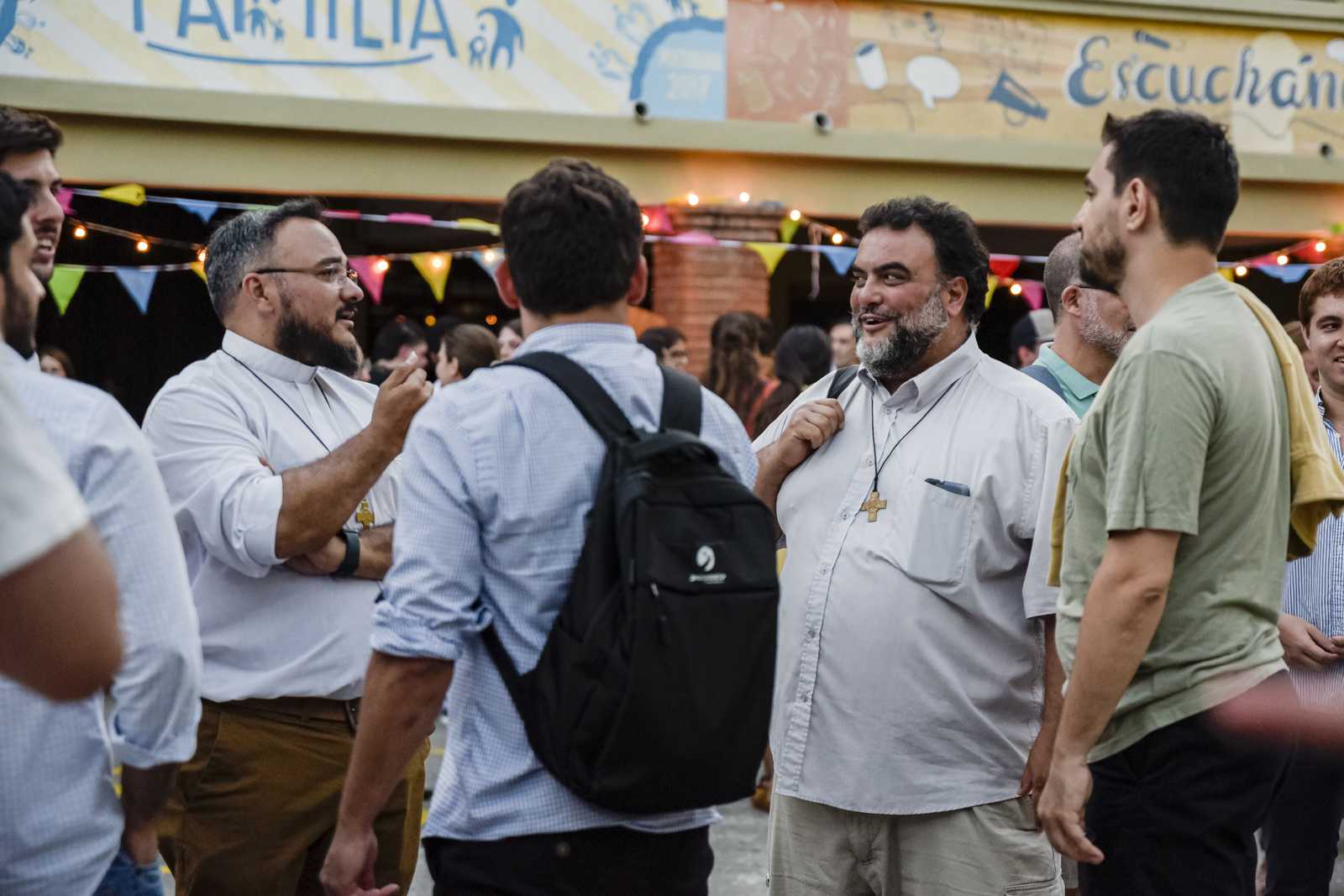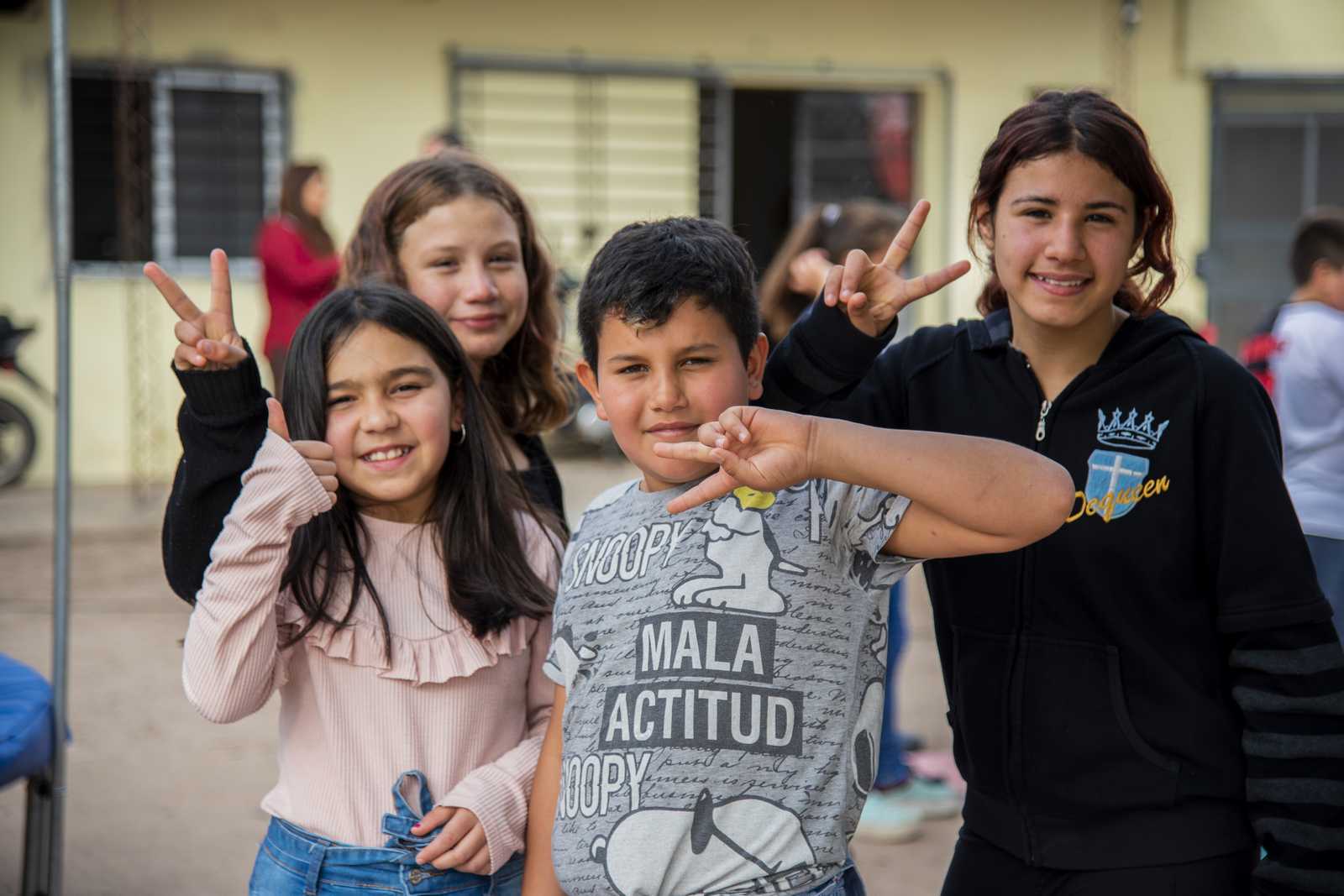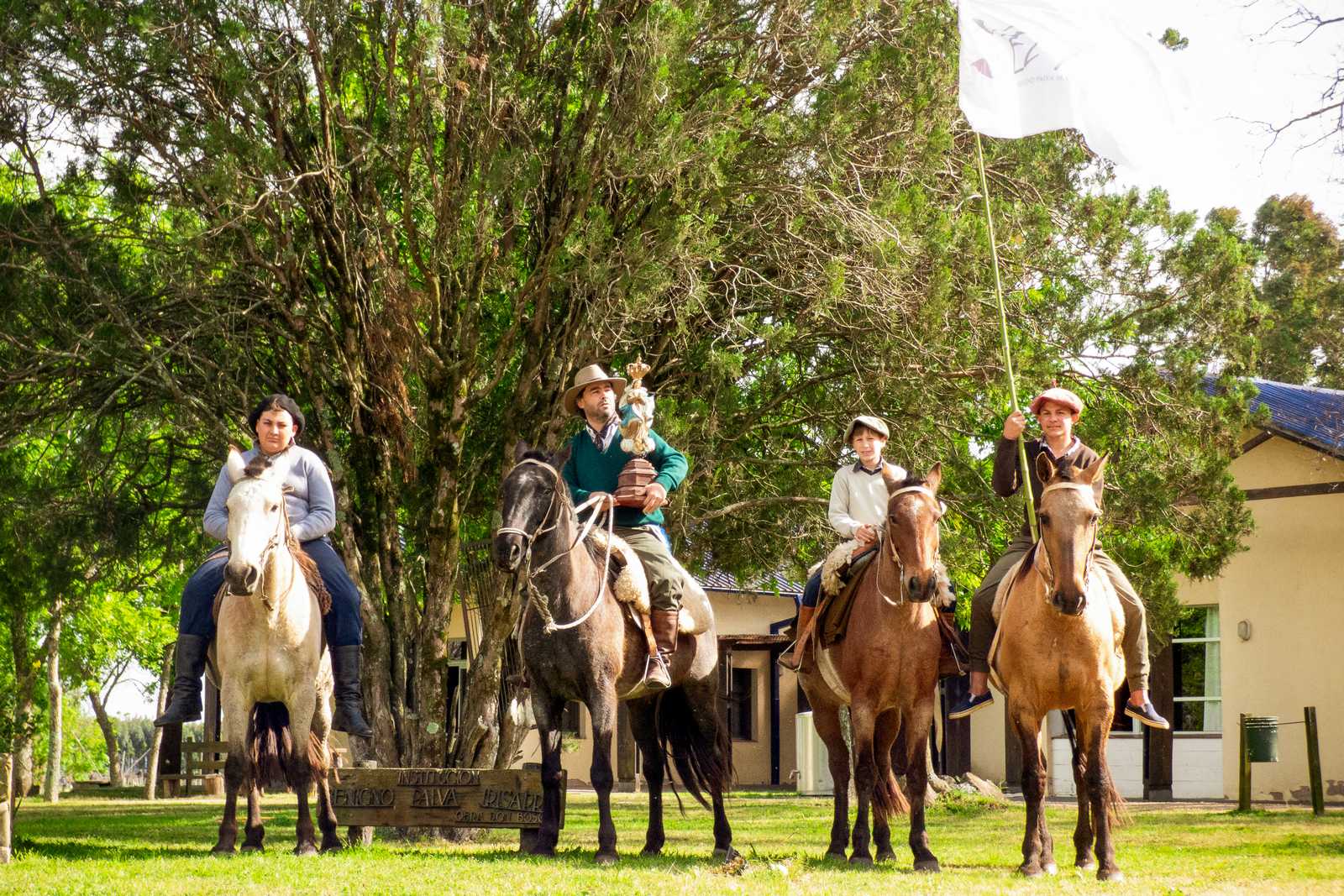Reading time: 4 min.
The Salesian mission in Uruguay, as shared by a Vietnamese priest, Father Domenico Tran Duc Thanh: Christian love through life lived with the local people.
The Salesians were officially founded as a Congregation in 1859, but the dream had been in the pipeline for a long time. Already at the beginning of his work, Don Bosco realised that the work had to be shared, as he had sensed in many of his dreams. So he involved people from all walks of life to collaborate in various ways in the youth mission that God had entrusted to him. In 1875, with the start of the missions, an important stage in the history of the Congregation began. The first destination would be Argentina.
On 13 December 1875, the first Salesian missionary expedition, led by Fr John Cagliero, bound for Buenos Aires, passed through Montevideo. Thus Uruguay became the third country outside Italy reached by the Salesians of Don Bosco. The Salesians settled in the Villa Colón neighbourhood, amidst enormous difficulties, starting their work at the Colegio Pío, which was inaugurated on 2 February 1877. In the same year, the Daughters of Mary Help of Christians arrived in Uruguay and also settled in this neighbourhood: in this way, Villa Colón became the cradle from which the charism spread not only in Uruguay, but also in Brazil, Paraguay and other lands of the Latin American continent.
Over time, that Salesian presence became a Province and today has a variety of Salesian works in different parts of the country: schools, social services, parishes, basilicas, shrines, rural and urban chapels, health centres, student and university residences, Salesian Youth Movement and more. The breadth of the work shows the response to the needs of the area and the flexibility of the Salesians in adapting to the local situation. By visiting people in the neighbourhood, trying to understand what the people are experiencing through dialogue and daily life, adaptation to new situations is carried out in order to better respond to the mission entrusted. This going out to meet young people, especially those most in need, makes the Salesians happy, allowing them to continue to discover the beauty of the Salesian vocation day by day.
The efforts in these works has been shared with the lay faithful, and having taken care of their formation, today we find a good number of them working in these activities, sharing their lives with the Salesians and strengthening their mission. Openness to others has also allowed Salesians who are not native to the area to be welcomed here. This is the case of Fr Dominic, who carries out his Salesian mission there.
The response to the missionary vocation is one that has left a strong mark on his life. He tells us that he found himself almost suddenly in an unfamiliar country, with a different language and culture, having had to separate himself from all the people he knew, who had remained far away. He had to start from scratch, with a different openness, with a new sensitivity. If before he thought that being a missionary meant taking Jesus to another place, once he arrived in Uruguay he discovered that Jesus was already there, waiting for him in other people. “Here in Uruguay, through others, I was able to encounter a totally different Jesus: closer, more human, simpler.”
What he was not lacking was the maternal presence of Mary, who accompanies him in the daily routine of missionary life and gives him a profound strength, which drives him to love Christ in others. “When I was a child, my grandmother took me to a church every day to pray the rosary. From those days at her feet until today, I still feel protected under the mantle of Mary.” Marian worship bears fruit; love is paid with love.
He confesses to us that: “In Uruguay I am a young man who has nothing; I only have faith, the faith of knowing that Christ and Mary are always present in my life; the hope of an ever closer Church, full of holiness and joy.” But it is perhaps this poverty that helps him prepare his heart to follow Christ, educate his heart to be with the brothers and sisters he meets along the way. This leads him to see the Church as a place of joyful encounter, a celebration that manifests the faith of the other, an encounter that implies unity and holiness.
And this also leads him to realise that his place is right where he is, in his community with his brothers, with the people of the neighbourhood, with the animators, with the children, with the laity, with the educators.
This is how the beauty of the missionary vocation is manifested: by letting Providence act, through humility and docility to the Holy Spirit, one transforms the ordinary into the extraordinary.
Article edited by
Marco Fulgaro



